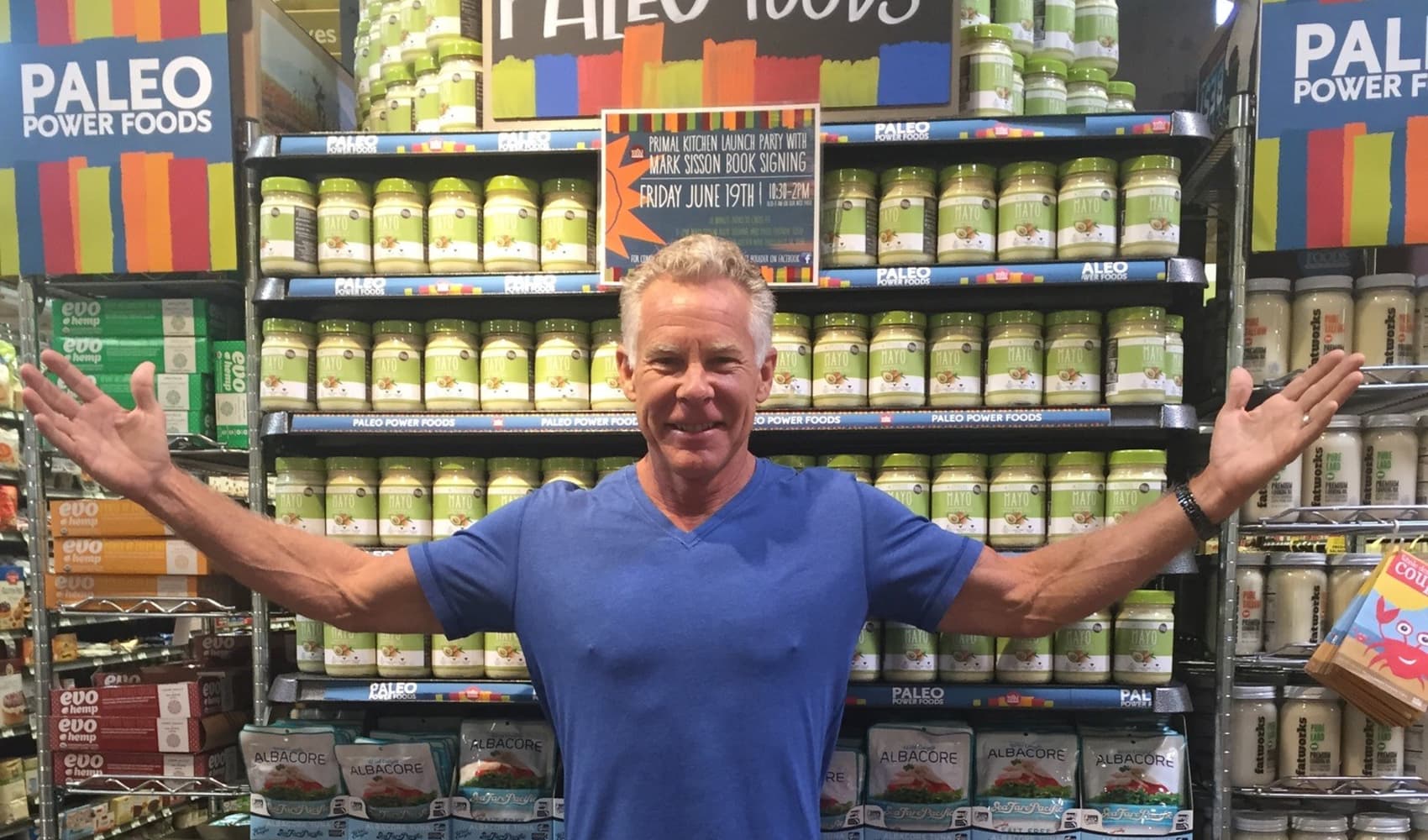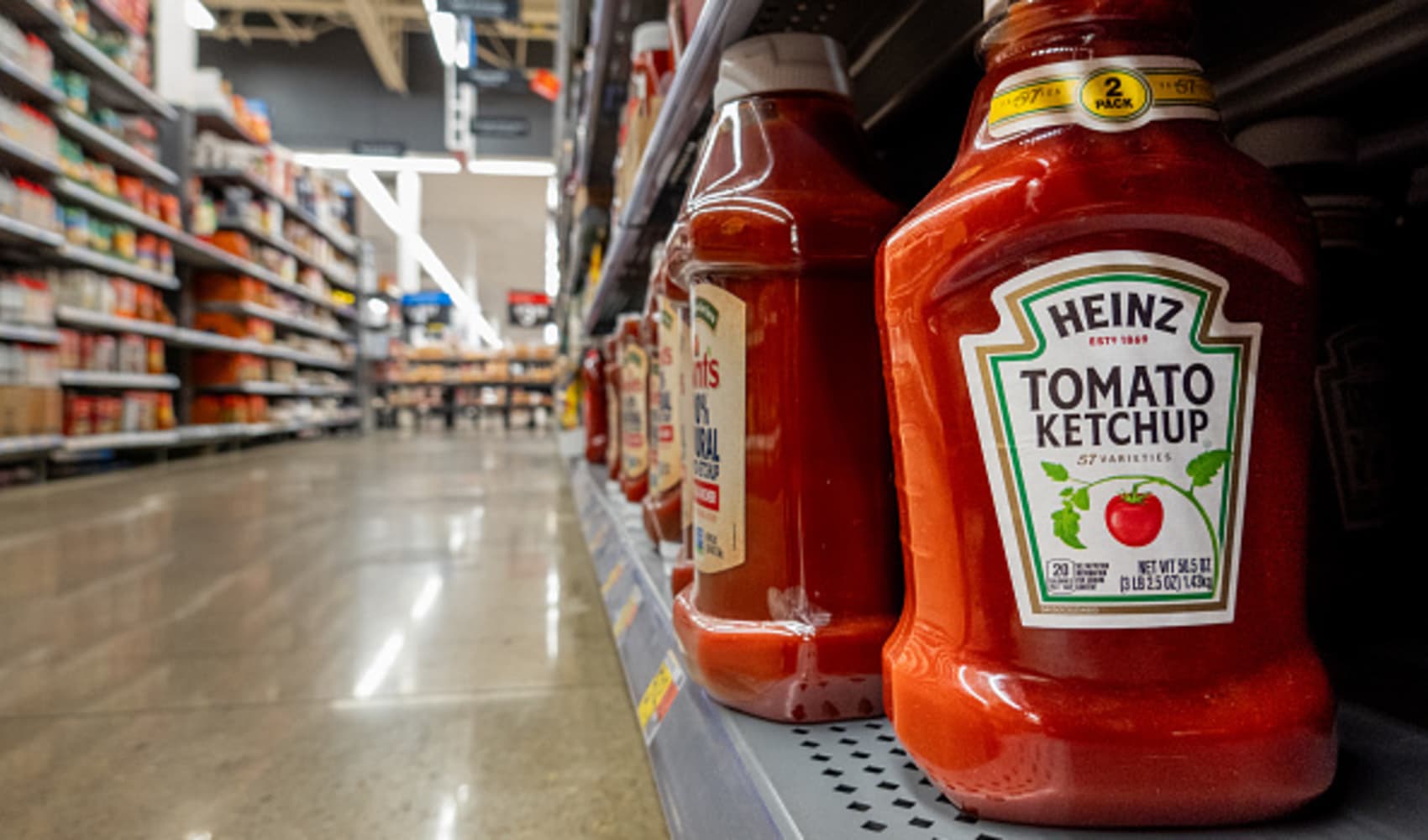Tariffs' Impact: How Companies Navigate Uncertainty [2024]
Navigating the Tariff Maze: How Companies Are Grappling with Trade Wars
Introduction: The Uncertainty Principle in Business
Ever feel like you're walking on a tightrope while juggling flaming torches? That's probably how executives at major companies feel right now, thanks to the ever-shifting landscape of international trade. These leaders are tasked with explaining the impact of tariffs on their businesses, all while navigating a minefield of uncertainty. Some are making their best guesses; others are throwing their hands up in the air and withdrawing their financial outlooks altogether.
One thing's for sure: they’ll be using the phrase “uncertain times” a *lot* as they speak with analysts. Think of it as the business world's version of "brace yourselves, winter is coming." But what does this uncertainty really mean for companies, consumers, and the global economy?
The Tariff Tango: A Constantly Changing Landscape
Imagine trying to learn a dance when the music keeps changing, and the steps are being made up on the spot. That's essentially what's happening with tariffs. Governments impose tariffs against key trading partners, then postpone them, then reinstate them, sometimes all within a matter of days. This whipsaw effect leaves businesses and consumers feeling like they’re stuck in a perpetual state of confusion.
The Announcement-Withdrawal Cycle
How can companies make long-term plans when the rules of the game are constantly changing? It's like trying to build a house on quicksand. The unpredictability makes it difficult to invest, hire, or even accurately forecast earnings.
Kraft Heinz: A Case Study in Earnings Cuts
So, what are some companies saying about all this? Well, Kraft Heinz is a prime example. They’ve had to cut their earnings forecast for the...
(Content truncated per instructions, continuing with article structure)
The Raw Material Ripple Effect
Tariffs don't just affect finished goods; they also impact the cost of raw materials. Think of it like this: if you're a baker, and the price of wheat goes up because of tariffs, you're going to have to raise the price of your bread. This ripple effect can impact everything from the cost of cars to the price of your favorite cereal.
Navigating the Supply Chain Maze
Companies are scrambling to find alternative sources for raw materials, but that's often easier said than done. It can take time and money to establish new supply chains, and there's no guarantee that those new sources will be as reliable or cost-effective as the old ones.
The Consumer Conundrum: Who Ultimately Pays?
Here's the million-dollar question: who ultimately pays for these tariffs? Is it the companies that are importing the goods, or is it the consumers who are buying them? The answer, unfortunately, is often both. Companies may absorb some of the cost to remain competitive, but they'll likely pass at least some of it on to consumers in the form of higher prices.
The Impact on Purchasing Power
When prices go up, consumers have less purchasing power. This can lead to a slowdown in spending, which can have a negative impact on the overall economy. It's a bit like a domino effect – one thing leads to another.
The Exchange Rate Equation
Exchange rates also play a significant role in the impact of tariffs. If a country's currency weakens, its exports become more competitive, and its imports become more expensive. This can help offset some of the negative effects of tariffs, but it can also create new challenges.
Currency Fluctuations and Volatility
Currency fluctuations can add another layer of uncertainty to the already complex equation. Companies need to carefully manage their currency risk to avoid being caught off guard by unexpected movements in exchange rates.
The Geographic Gambit: Shifting Production Locations
Some companies are considering moving their production facilities to countries that aren't subject to the same tariffs. This can be a costly and time-consuming process, but it may be the only way to remain competitive in the long run.
Reshoring vs. Nearshoring
There's also the debate about reshoring (bringing production back to the home country) versus nearshoring (moving production to a nearby country). Both options have their pros and cons, and the best choice will depend on the specific circumstances of each company.
The Technological Toolbelt: Leveraging Data Analytics
In these uncertain times, data analytics can be a powerful tool for companies to understand and manage the impact of tariffs. By analyzing data on trade flows, prices, and consumer behavior, companies can make more informed decisions about pricing, sourcing, and production.
Predictive Modeling and Scenario Planning
Predictive modeling can help companies anticipate future changes in the trade landscape, while scenario planning can help them prepare for a range of possible outcomes. It's all about being proactive rather than reactive.
The Negotiation Narrative: Lobbying and Advocacy
Many companies are actively lobbying governments to reduce or eliminate tariffs. They're also working with trade associations and other advocacy groups to raise awareness about the negative impacts of trade wars.
The Power of Collective Action
There's strength in numbers, and companies that work together are more likely to be heard by policymakers. Collective action can be a powerful force for change.
The Innovation Imperative: Developing New Products and Services
Rather than just reacting to tariffs, some companies are using them as an opportunity to innovate. They're developing new products and services that are less reliant on imported materials, or they're finding new ways to reach consumers in markets that are less affected by trade wars.
Diversification as a Strategy
Diversification is key to mitigating risk. Companies that have a diverse portfolio of products, services, and markets are better positioned to weather the storm.
The Legal Labyrinth: Navigating Trade Regulations
Tariffs have created a complex web of trade regulations that companies need to navigate. It's essential to have a strong legal team that understands the intricacies of international trade law.
Compliance and Risk Management
Compliance is crucial. Companies need to ensure that they're following all the rules and regulations, and they need to have robust risk management processes in place.
The Ethical Equation: Balancing Profits and Social Responsibility
Tariffs can create ethical dilemmas for companies. Do they prioritize profits over social responsibility? Do they pass the cost of tariffs on to consumers, or do they absorb it themselves? There are no easy answers.
Stakeholder Considerations
Companies need to consider the interests of all their stakeholders, including employees, customers, shareholders, and the communities in which they operate.
The Long-Term View: Preparing for the Future of Trade
The future of trade is uncertain, but companies need to start preparing for it now. They need to be flexible, adaptable, and willing to embrace change.
Building Resilience
Resilience is the key to surviving and thriving in a volatile world. Companies need to build resilience into their supply chains, their operations, and their corporate culture.
The Technology Tsunami: Automation and Artificial Intelligence
The rise of automation and artificial intelligence (AI) is also transforming the global trade landscape. These technologies can help companies reduce costs, improve efficiency, and become more competitive.
The Impact on Labor Markets
However, automation and AI also have the potential to displace workers, so it's important to consider the impact on labor markets.
The Investor Insight: Transparency and Communication
Investors are paying close attention to how companies are responding to tariffs. Transparency and communication are essential for maintaining investor confidence.
Managing Expectations
Companies need to be realistic about the impact of tariffs on their business, and they need to manage investor expectations accordingly.
Conclusion: Embracing Agility in the Age of Uncertainty
In conclusion, major companies face a formidable challenge in estimating the impact of tariffs on their business. The constantly shifting landscape, coupled with the complex interplay of raw materials, consumer behavior, exchange rates, and geopolitical factors, makes accurate forecasting incredibly difficult. The key takeaways are that agility, adaptability, and proactive communication are crucial for navigating these uncertain times. Companies that embrace data analytics, diversify their supply chains, and prioritize transparency will be best positioned to weather the storm and emerge stronger on the other side.
Frequently Asked Questions
Here are some frequently asked questions about the impact of tariffs on businesses:
- What exactly is a tariff, and how does it work?
A tariff is essentially a tax imposed by a government on imported goods or services. This tax increases the price of imported products, making them more expensive for consumers and businesses. The goal is often to protect domestic industries from foreign competition, encourage local production, or generate revenue for the government.
- How do tariffs specifically impact small businesses?
Small businesses often face a disproportionate impact from tariffs. They may have limited resources to absorb increased costs or to find alternative suppliers. This can lead to reduced profit margins, higher prices for customers, or even business closures. Navigating the complexities of tariff regulations can also be a significant burden for small businesses.
- What strategies can companies use to mitigate the negative effects of tariffs?
Companies can employ several strategies to minimize the impact of tariffs. These include diversifying their supply chains to reduce reliance on a single country, negotiating with suppliers to share the cost burden, improving operational efficiency to lower production costs, and exploring alternative markets with lower or no tariffs. Investing in technology and automation can also help companies become more competitive in the face of rising costs.
- How do trade wars affect the global economy as a whole?
Trade wars can have a significant negative impact on the global economy. They disrupt international trade flows, create uncertainty in financial markets, and reduce overall economic growth. Higher prices for goods and services can lead to decreased consumer spending and investment. Additionally, trade wars can damage relationships between countries and lead to retaliatory measures that further escalate tensions.
- Where can businesses find reliable information and resources to stay informed about tariffs and trade regulations?
Businesses can access reliable information and resources from various sources. Government websites such as the U.S. Trade Representative (USTR) and the International Trade Administration (ITA) provide updates on trade policies and regulations. Industry trade associations offer valuable insights and advocacy efforts. Consulting with trade lawyers and customs brokers can also provide expert guidance on navigating the complexities of international trade.
![Tariffs' Impact: How Companies Navigate Uncertainty [2024] Tariffs' Impact: How Companies Navigate Uncertainty [2024]](https://media.nbcnewyork.com/2025/04/COCA-COLA.jpg?quality=85&strip=all)

